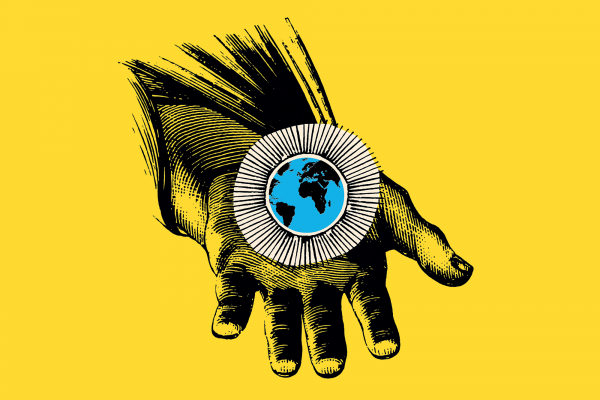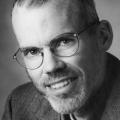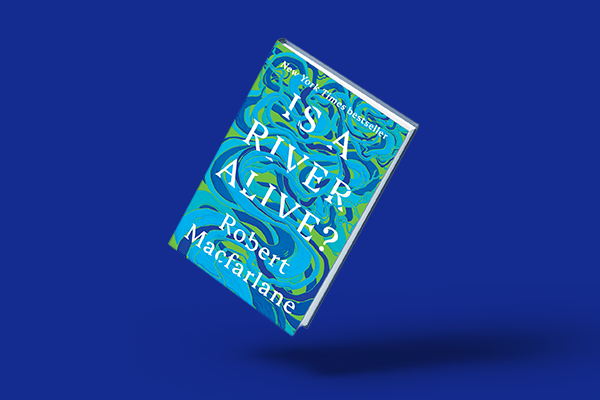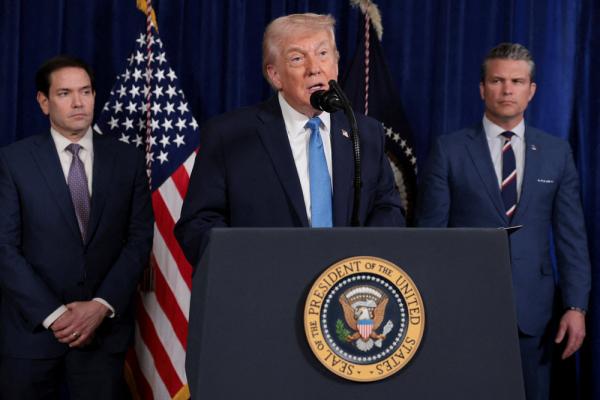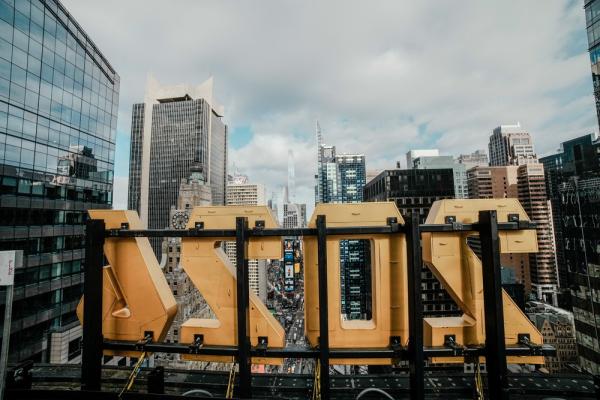THERE WAS A TIME—and I remember it well—when very few faith traditions took the environmental crisis seriously. Since I’m a Christian, I knew the reaction within my community firsthand: Liberal churches thought that ecology was something we would get to once we dealt with war and poverty; conservative churches thought anything environmental was a way station on the road to paganism.
This has changed—more decisively in mainline churches than evangelical ones, perhaps, but across the board there is now robust scholarship on the biblical roots of creation care. And this same revolution has taken place across other traditions too—in no small part thanks to Mary Evelyn Tucker and John Grim. Working at Harvard in the 1990s, they assembled a series of landmark conferences for theologians of different backgrounds. One weekend would be devoted to Jains finding the green roots of their religion; a few weeks later, Hindus or Sikhs or Confucians or Muslims would assemble. By the time this Harvard series finished, it was clear that every major faith had resources buried in their scriptures and commentaries—treasures that perhaps no one had noticed till the growing climate crisis demanded that they be found.
Now, this remarkable history is going online where anyone can see it—Tucker, now at Yale Divinity School, is coordinating a massive open online course (a MOOC, as they’re affectionately known) devoted to “Religions and Ecology: Restoring the Earth Community.” “We hope that learners will see the world’s religions as reservoirs of wisdom that can inspire transformative ideas and practices for the well-being of the Earth community,” said Tucker. “Religions add moral depth to concerns for environmental justice—‘the cry of the Earth and the cry of the poor’—which makes them vital for responding to the climate emergency.”
My hope is that people take time to watch at least some of this free course, because I’ve seen how these theologies translated directly into action. It was Bartholomew, patriarch of the Eastern Orthodox Church, who took his understanding of the sacredness of the Earth and turned it into crucial advocacy for the rivers of Europe and around the world; it’s groups like Dayenu that take the Hebrew Bible’s calls for stewardship and translate them into demands that our financial system stop funding fossil fuels. And, of course, it’s Indigenous spiritual traditions, also covered in this course, that provide the backdrop for so much activism to protect places and people from pipelines and pollution.
None of this should come as a surprise—what conception of God could divorce Creator from creation? But the point is, it was a surprise. Until people looked, searchingly, they understood the chief dramas on our earth as the conflicts between people and the conflicts within each of us. But now we add to those an understanding that our conflict with the physical world around us may be the most consequential of all.
It’s all a reminder that our great traditions are time capsules, full of ideas we won’t fully understand until we actually need them. And that should be a comfort.

Got something to say about what you're reading? We value your feedback!
